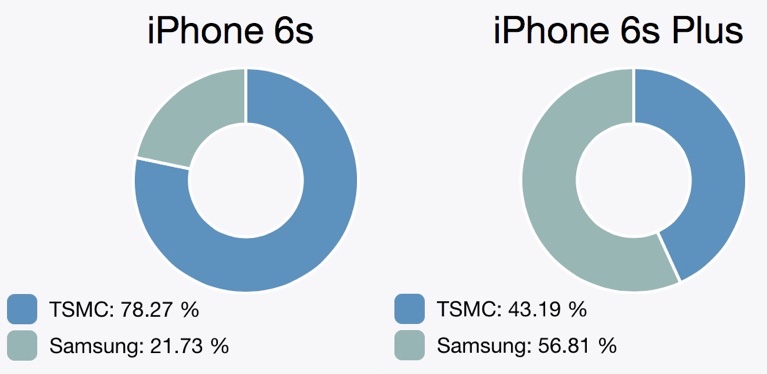Things will be in flux even more going forward now that Bitcode is enabled by default so the App Store is building apps with the latest compiler on-demand when a user downloads or updates their apps.
Interesting indeed, more info about this at: https://medium.com/@InertialLemon/apple-s-bitcode-telegraphs-future-cpu-plans-a7b90d326228
So x86/x64 will soon be history, feeling sorry for 3diletante. (3d @ intel)


